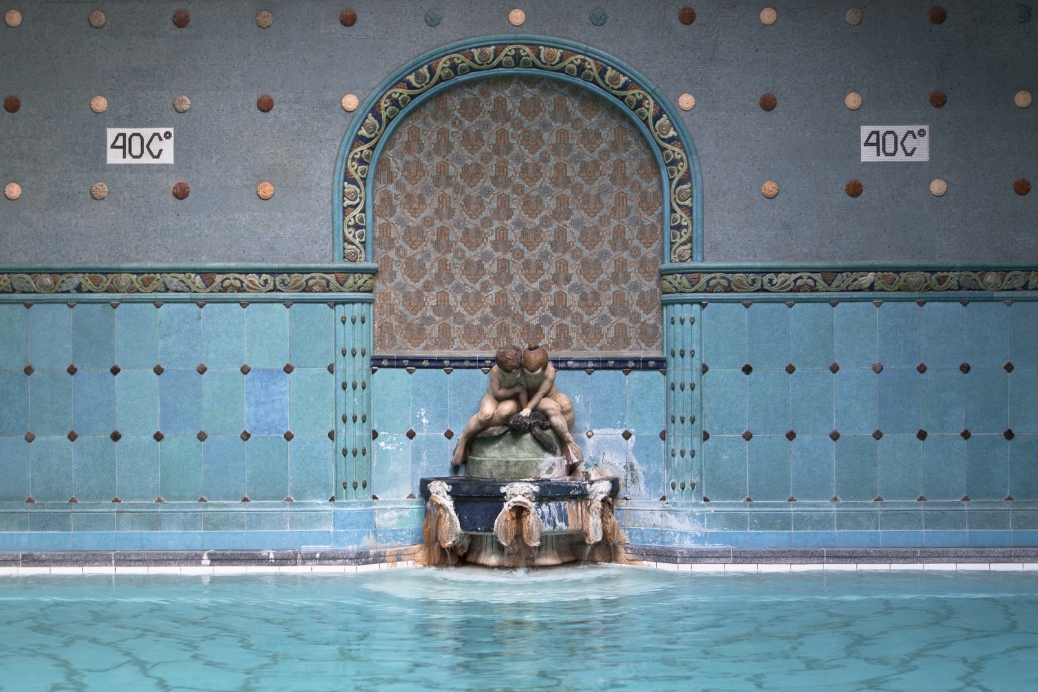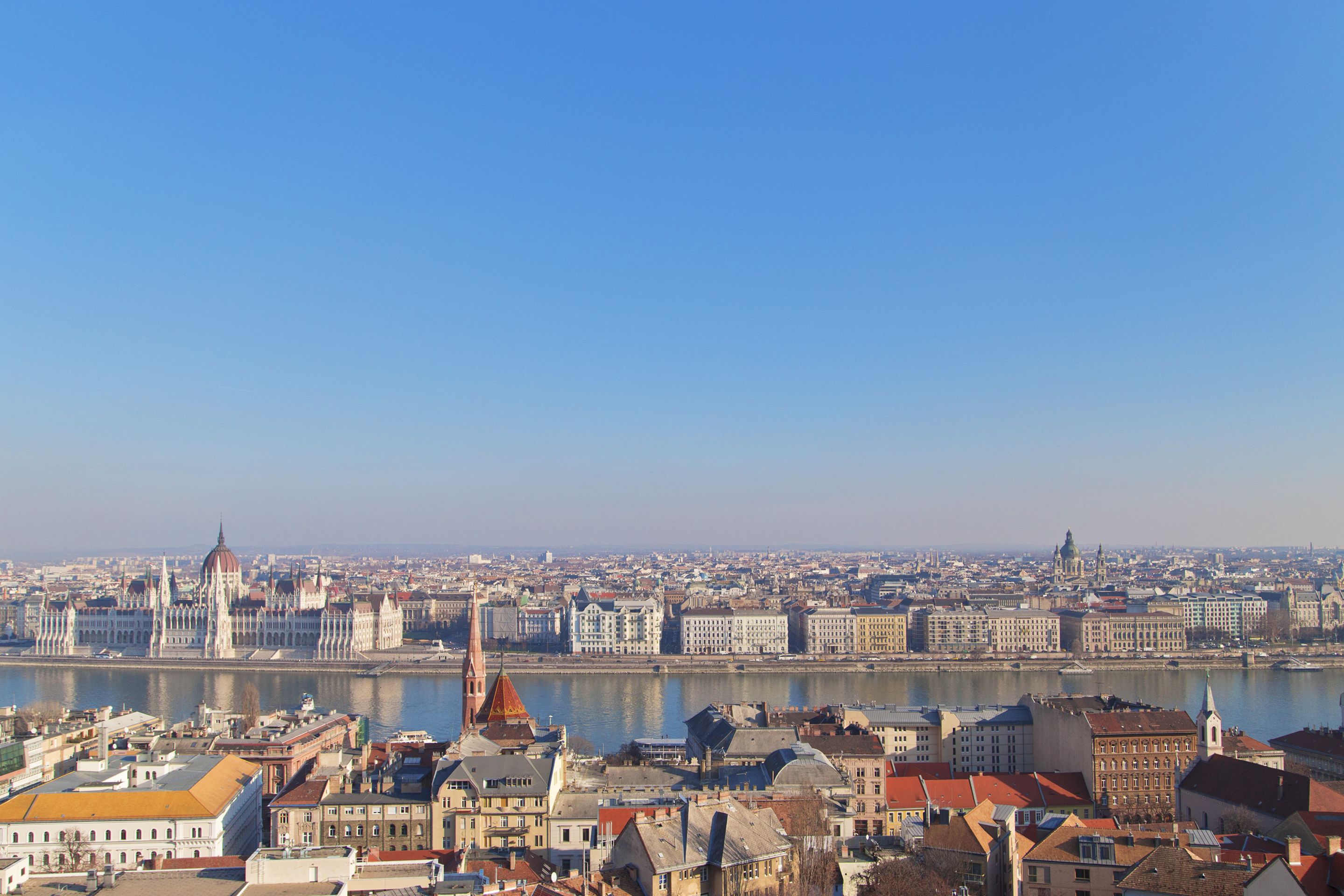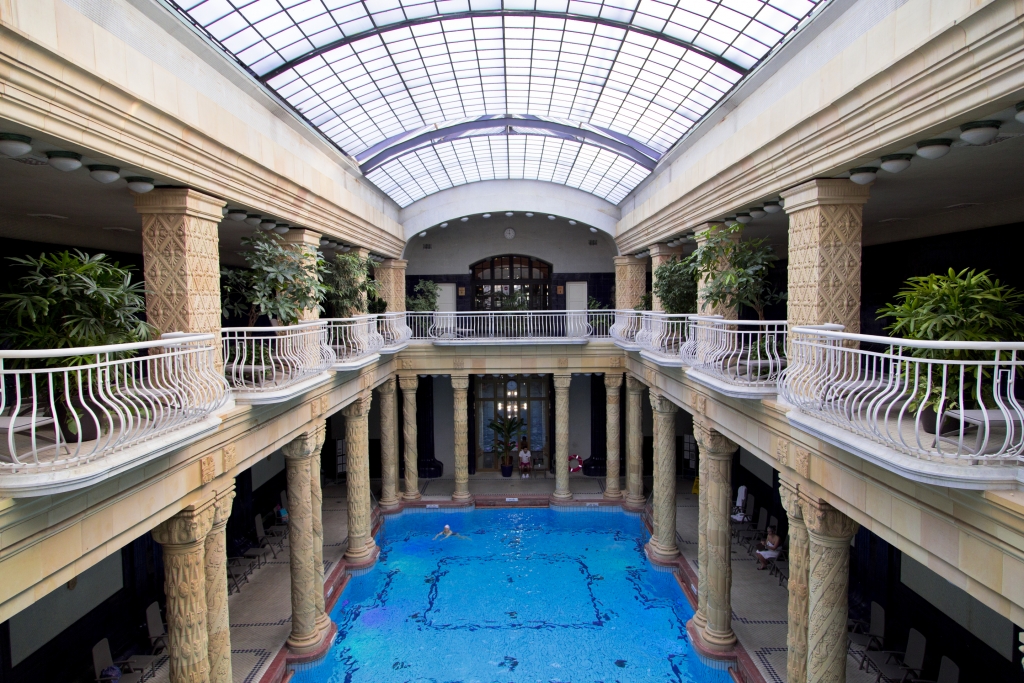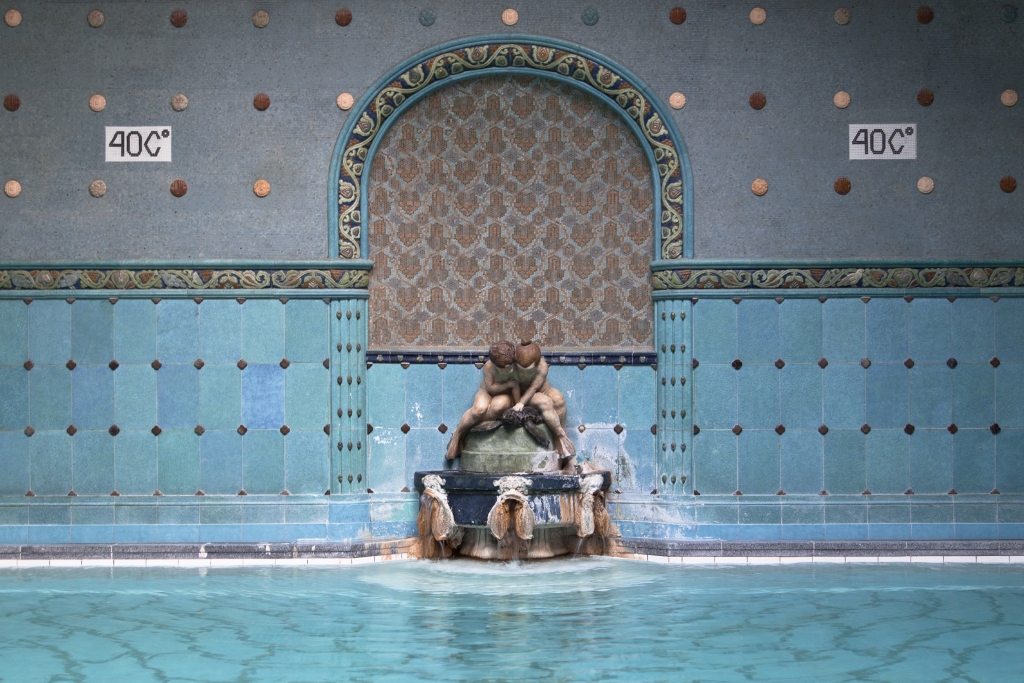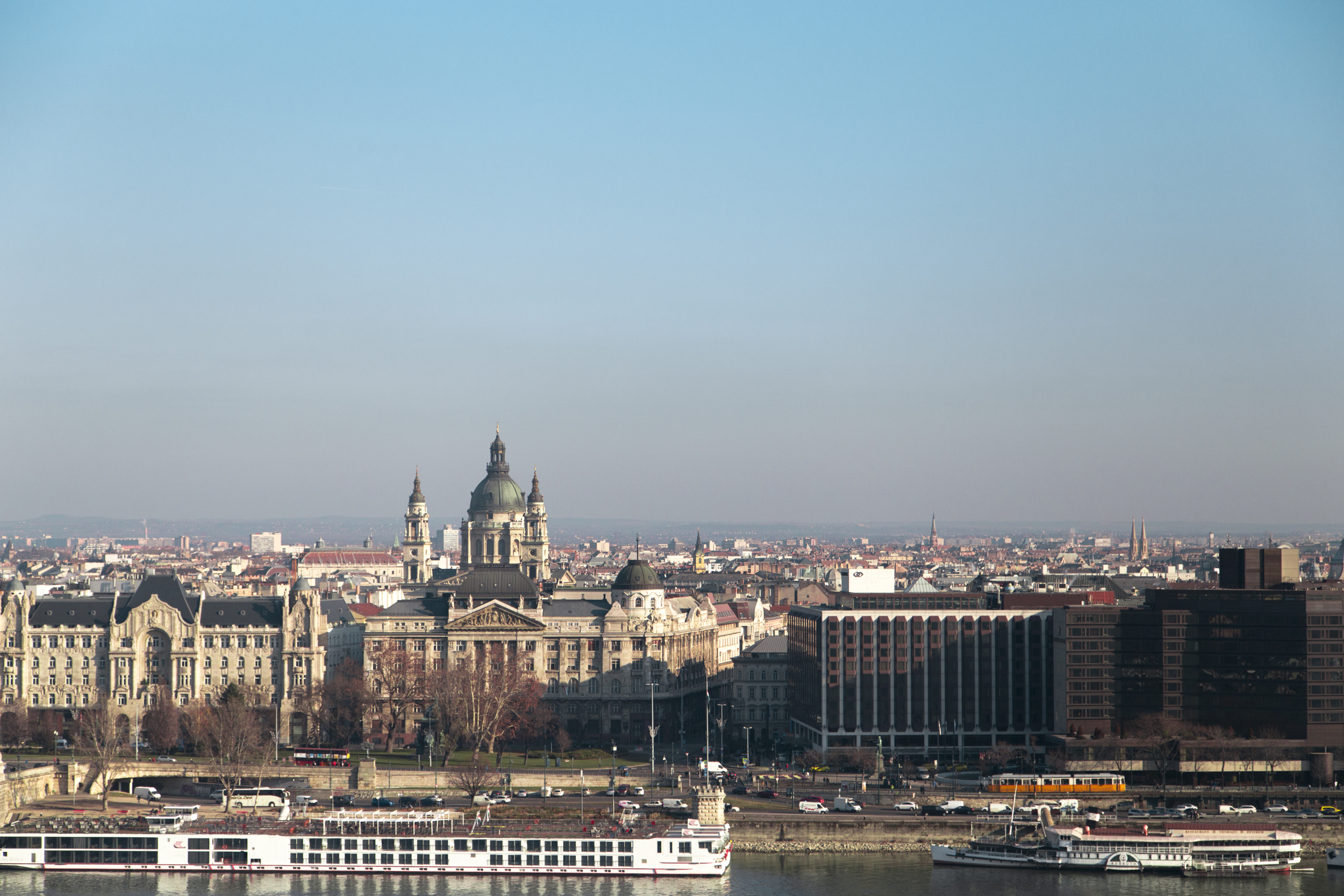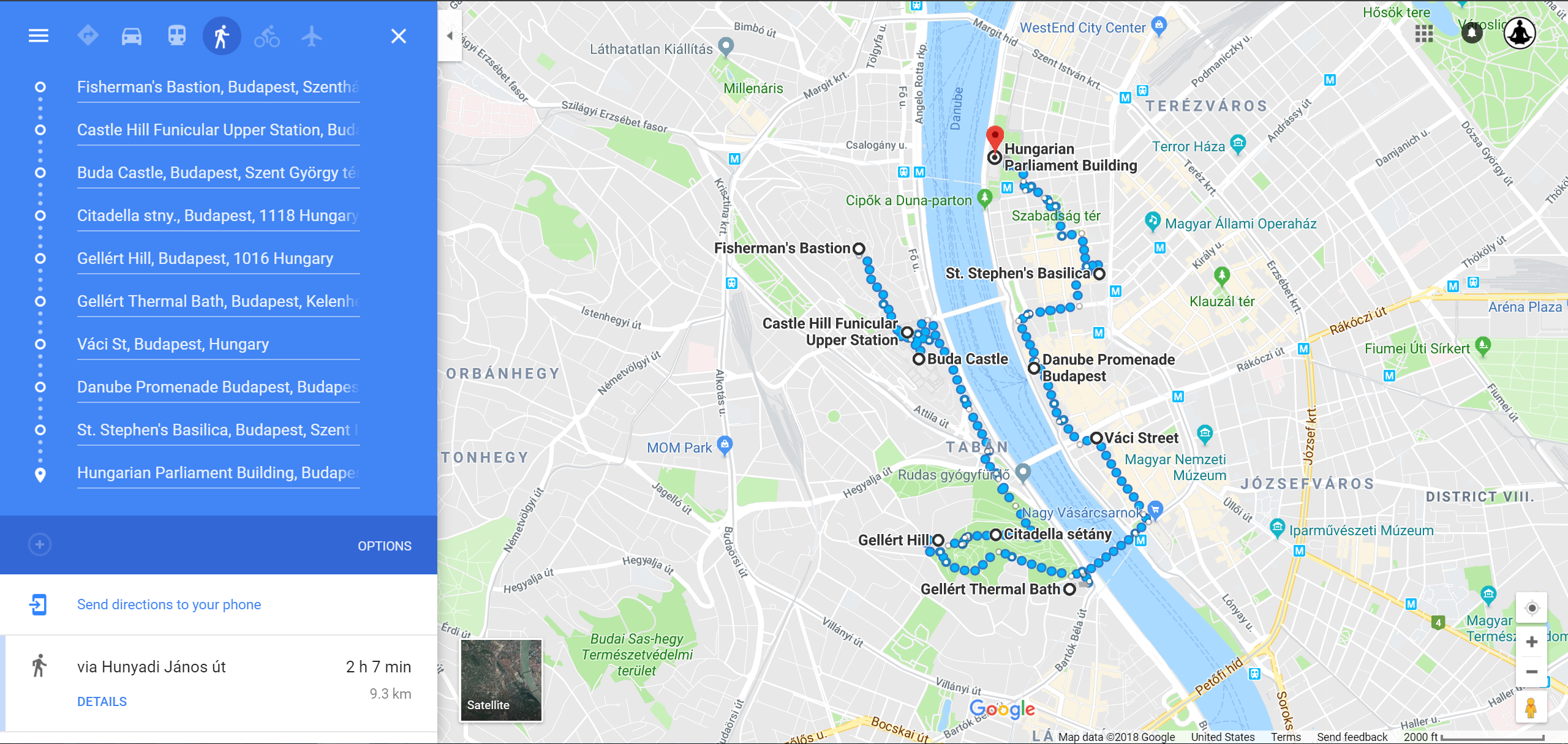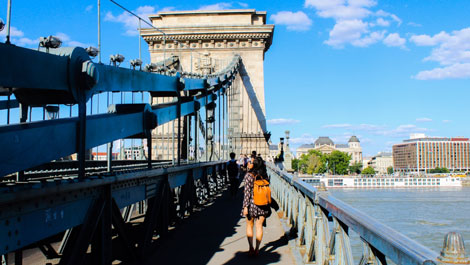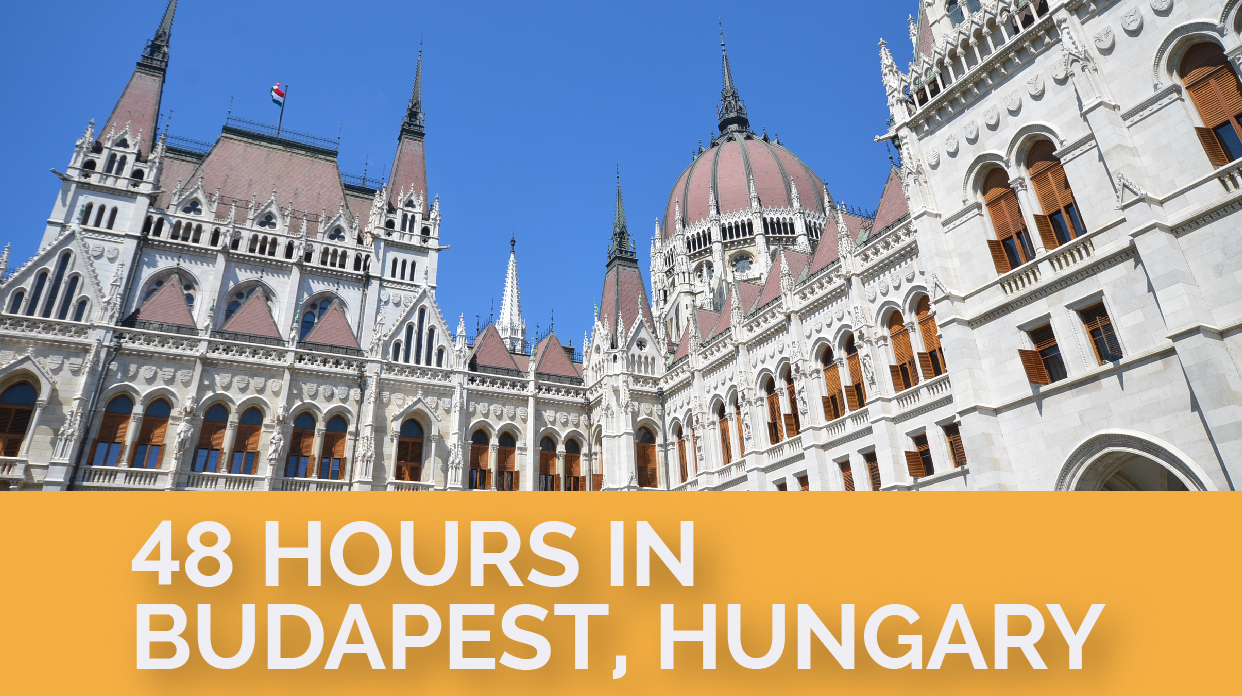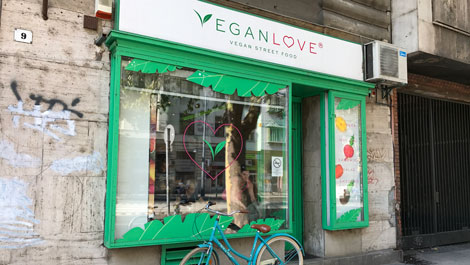While earliest settlements date back to the Old Stone Age, continuous civil development of Budapest occurred after a conquest by the Roman Empire around 100 CE. What came into existence were campsites around Danube River, which the Roman Empire called Aquaincum and Contra-Aquaincum. However, it wasn’t until disputes of the Carpathian Basin between 800-1000 CE, when the location’s name morphed closer to Budapest. Across different battles came discoveries of Buda, Obuda, and Pest, where each remained separated until their union in 1873.
At present, Budapest still remains divided between the Danube River, where its partitions west and east are deemed ‘Buda’ and ‘Pest’. It’s become an epicenter of commerce in Hungary, and perhaps Central-Eastern Europe. For example, the metropolitan area of Budapest achieved almost 50.00% of Hungary’s GDP in 2016, and is listed as one of the world’s ‘100 Best GDP Performers’. In addition, it’s also an important economic sector and popular destination in the European Union.
ACTIVITIES
Within its main commercial area lie some of Budapest’s popular destinations, while much of the historical aspects are located in different districts across Danube River. We visited at the end of December, and walked the core districts between Buda and Pest. As of 2017, there are 23 in total, but visitors should concentrate on about 10.
Buda
District I & XI:
Buda Castle | Castle Hill Funicular | Citadel | Fisherman’s Bastion | Gellert Hill | Gellert Thermal Bath
Buda Castle:
A historical castle and palace complex of previous empires in Budapest. While it was completed in 1265, the current structure was built between 1749-1769. In 2006 the National Office of Cultural Heritage prepared a development plan of Buda Castle, because earlier modernizations caused irreversible damage. Buda Castle was declared a UNESCO World Heritage Site in 1987.
Castle Hill Funicular:
A mode of transport between Adam Clark Square and Buda Castle.
Citadel & Gellert Hill:
A castle-like structure built with sixty cannons above Gellert Hill between 1851-1854. It became a controversial landmark after the the Austro-Hungarian Compromise in 1867, when Hungarians wanted its destruction. However, this never occurred and local authorities attained control in 1899.
Fisherman’s Bastion:
A place with panoramic views built above Castle Hill between 1895-1902. Fisherman’s Bastion was constructed with seven towers to represent each of the local tribes which settled in the Carpathian Basin in 895.
Gellert Thermal Bath:
A section of Hotel Gellert, which pertains to a bath complex built between 1912-1918. Gellert Baths was architected in Art Nouveau, which is an international orientation of decorative art. It’s assumed its waters healed people based on historical references and served as a hospital site in the Middle Ages.
- Budapest: Gellert Thermal Bath
- Budapest: Gellert Thermal Bath
Pest
Districts IV, V & Other:
Danube Promenade | Elizabeth Bridge | Margaret Bridge | Parliament House | St. Stephen’s Basilica | Szechenyi Lanchid (Chain Bridge) | Vaci Utca (Historic Pedestrian Street) | Vorosmarty Square
District VII:
Jewish Quarter | Gozsdu Udvar and Ruin Pubs
Jewish Quarter, Gozsdu Udvar, & Ruin Pubs:
A district of abandoned structures which now serve as pub locations, and have become part of the charm and cultural atmosphere in Budapest. The district’s appeal is one reason the Historic Center of Budapest was declared a UNESCO World Heritage Site in 1987.
District XIV:
Hero’s Square and City Park | Szechenyi Bath House
Szechenyi Bath House:
A medicinal bath which saw several expansions across decades to become the largest in Europe.
The places above are listed based on district and proximation to one another. It’s quite simple to walk between each, but visitors can also use hired ride services or public transportation. However, we walked the entire list without problems, minus District XIV.
Around the core districts and pedestrian zone, numerous cultural and historical sites mapped below can be discovered. If there isn’t time for all of them or distance is of concern, then concentrate on the most iconic architectural and monumental attractions in Districts I, IV, V, and XI. If local culture is important then one must also visit District VII. In this section locals restored abandoned commercial ruins from WWII, and have used it to revamp their social scene.
CUISINE
Due to the culture of Budapest, its cuisine adopted warm and heavier items which have remained part of the people since before the Renaissance. There’s an importance of livestock in the local cuisine, where standard contents include excessive red meats and dairy-based items. However, across time the cuisine morphed into an artform, where people experimented with non-traditional ingredients. For example, ‘Goulash’ was a simple non-paprika, meat-based stew in Medieval Hungary, which since became spiced and incorporated more vegetables. It’s a local dish which should be consumed, and a plant-based version is available at various vegetarian or vegan restaurants. There are a number of places which we liked and some of them are consistent on others’ restaurant lists.
Vegetarian/Vegan (Friendly) Restaurants:
Hummus Bar | Kozmosz | Napfenyes Bistro | Vega City
Restaurant reviews for Budapest can be found elsewhere on VeganTravel.com.
PERSONAL NETWORKS
W: vishjhav.com
I: instagram.com/vishjhav

